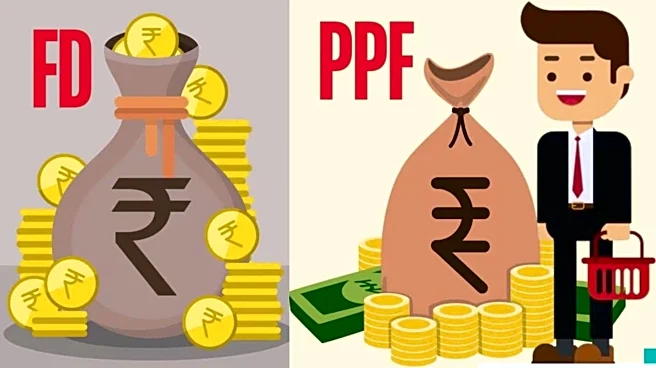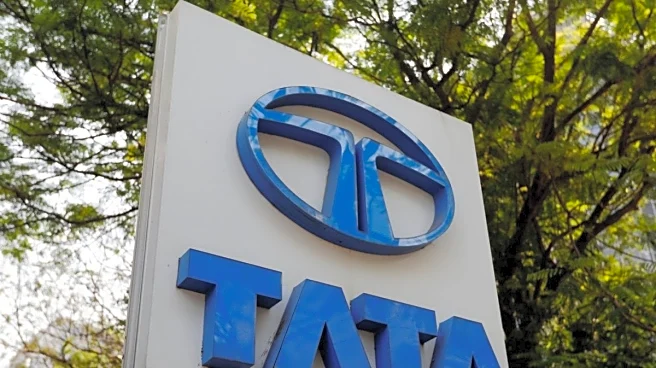In a country where salaried individuals in both government and private sectors regularly plan their finances, the debate over safe investment avenues remains evergreen. Among the most popular choices are
the Public Provident Fund (PPF) and bank Fixed Deposits (FDs), both often recommended for risk-averse investors. But which of the two delivers better returns over the long term?
A recent explainer by financial educator Ankur Warikoo has shed light on this question, breaking down the potential growth of a yearly investment of Rs 1.5 lakh over 15 years.
Public Provident Fund (PPF)
PPF is a government-backed scheme, widely regarded as one of the safest investment instruments. Currently offering an interest rate of 7.1%, all returns from PPF are exempt from income tax. Investors can contribute up to Rs 1.5 lakh per financial year.
Over a 15-year period, consistent yearly contributions of Rs 1.5 lakh amount to a total principal of Rs 22.5 lakh. Compounded annually at 7.1%, this corpus can grow to approximately Rs 42-43 lakh. In effect, investors stand to earn a profit of around Rs 20 lakh, entirely tax-free.
Notably, the scheme also allows for an extension beyond the initial 15 years. If the account is extended for an additional five years without adding more contributions, the corpus could rise further to nearly Rs 57-58 lakh at the same interest rate, offering an additional Rs 15-16 lakh in gains.
Fixed Deposit (FD)
By contrast, a conventional bank FD with a 7% interest rate yields lower returns over the same period. Investing Rs 1.5 lakh annually in an FD with interest reinvested could result in a total corpus of Rs 35-36 lakh over 15 years. While the nominal profit is Rs 13-14 lakh, the impact of taxation significantly reduces actual gains. For someone in the 30% tax bracket, the net profit drops to around Rs 9-10 lakh, illustrating a considerable difference compared with PPF.
Choosing the Right Option
For long-term goals such as a child’s education, marriage planning, or retirement savings, PPF is generally the more rewarding option due to its higher tax-free returns and compounding advantage. FD, meanwhile, remains attractive for short-term financial needs, typically 3-5 years, or for senior citizens seeking regular monthly interest. While PPF funds are locked for 15 years, the scheme allows for partial withdrawals and loans in case of emergencies.
Opening a PPF account is now straightforward, with online and in-person options available at banks and post offices. Financial experts advise using online calculators to project returns for varying investment amounts and durations. The government guarantees PPF deposits, adding another layer of security for investors.





/images/ppid_59c68470-image-176309507560027132.webp)




/images/ppid_59c68470-image-176300756836382626.webp)


/images/ppid_59c68470-image-176292757874831420.webp)